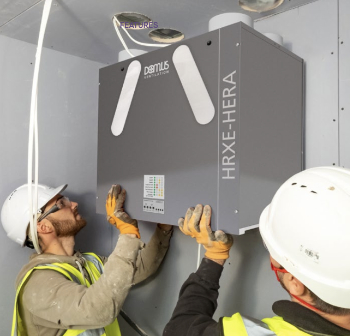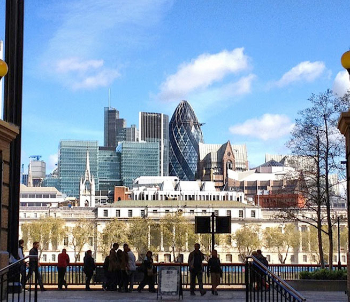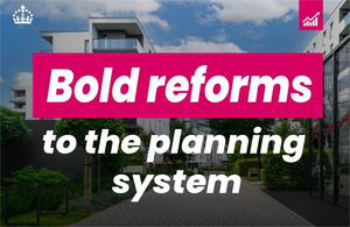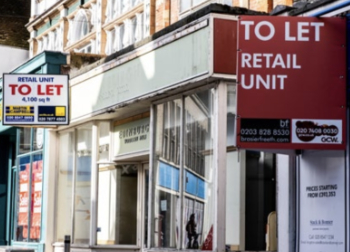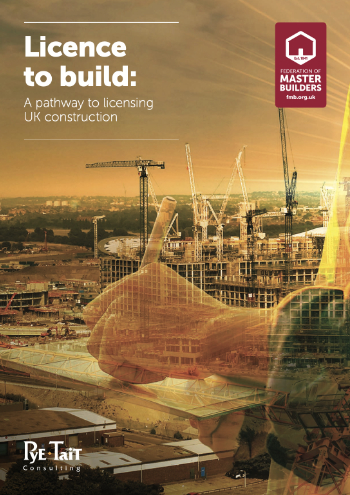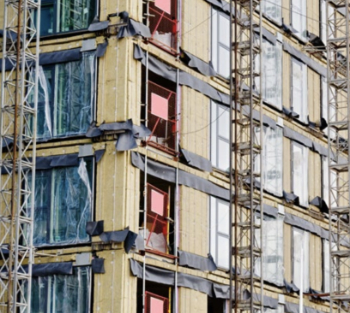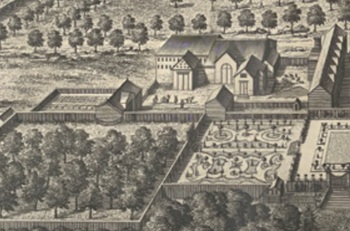Basic BREEAM Process
Contents |
[edit] Aim and benefits
How does BREEAM happen, where to start, how does it run.
[edit] When to consider
If BREEAM is to be pursued on a project it should be approached from the very beginning of the process. There are a lot of things that need considered not just in the design and choice of site but also the management of the job. The sooner the better.
Having a BREEAM assessor or BREEAM AP (accredited professional) on board early will ensure credits which need considered early are highlighted.
[edit] Step-by-step guidance
BREEAM is considered at the earliest point in the job.
A BREEAM Assessor and / or BREEAM AP is appointed early and a BREEAM pre-assessment workshop held with the whole design team. This will allow the team to discuss what they want the development to achieve, what is possible and what needs to be reviewed and considered. The BREEAM rating that is being aimed for should be agreed.
When it is known a BREEAM assessment is definitely going to be carried out, the site should be registered.
After the pre-assessment workshop it is important that stage dependent credits are being followed. The project manager should be fully aware of the requirements so the process is smooth. A BREEAM AP is a great benefit for this reason.
During the design stage the evidence for the design stage process should be submitted to the BREEAM assessor for review. Once all of the BREEAM evidence is submitted and approved by the assessor the assessment is submitted to the BRE for Quality Assurance (QA) and certification.
The QA process can mean some queries are received and the assessor and design team will need to address these and resubmit for certification. The queries can range from missing evidence to apparent non-compliances.
Once all QA comments are closed out the project will received its interim design stage certificate.
Once the project is on site the Assessor may have a BREEAM kick off meeting with the construction team so they are fully aware of the requirements of the BREEAM assessment. This assists in the smooth running of the post construction assessment.
Evidence for the post construction assessment should be submitted as it becomes available. The majority of evidence will be available near competition.
The assessor will carry out several site inspections during construction. This will vary depending on the size of the project. Bigger projects may need more inspection.
Once all post construction evidence has been submitted to and approved by the BREEAM Assessor the assessment is submitted to the BRE for QA and certification. Again queries from the QA team may be received back, in which case they will need addressed and the assessment resubmitted.
Once all QA comments are closed out the project will receive its final BREEAM certificate.
[edit] Questions to ask while seeking compliance
- What features do we want this building to have?
- How sustainable do we want this building to be?
- What are the most important design elements to us?
- Does BREEAM assist with this?
- Do we want recognised for our efforts through BREEAM?
[edit] Tools and resources
[edit] Tips and best practice
Having a good line of communication with the BREEAM Assessor or BREEAM AP will be of a great benefit to the project and design team. A helpful and supportive BREEAM AP will assist the team in delivering compliance and facilitate more straight forward certification.
BRE Global does not endorse any of the content posted and use of this content will not guarantee the meeting of certification criteria.
[edit] Related articles on Designing Buildings
- An introduction to BREEAM.
- Building Research Establishment.
- BREEAM and CEEQUAL.
- BREEAM In-Use International.
- BREEAM USA.
- Code for Sustainable Homes.
- Green rating systems.
- Iran - market potential for BREEAM.
- Leadership in Energy and Environmental Design.
- Passivhaus.
- Ska rating.
- Sustainability.
- WELL and BREEAM align.
Featured articles and news
Reasons for using MVHR systems
6 reasons for a whole-house approach to ventilation.
Supplementary Planning Documents, a reminder
As used by the City of London to introduce a Retrofit first policy.
Introducing a circular ecomony deposit return scheme
The government makes steps towards DRS scheme for plastic bottles and cans in England and Northern Ireland.
Join forces and share Building Safety knowledge in 2025
Why and how to contribute to the Building Safety Wiki.
Reporting on Payment Practices and Performance Regs
Approved amendment coming into effect 1 March 2025.
A new CIOB TIS on discharging CDM 2015 duties
Practical steps that can be undertaken in the Management of Contractors to discharge the relevant CDM 2015 duties.
Planning for homes by transport hubs
Next steps for infrastructure following the updated NPPF.
Access, history and Ty unnos.
The world’s first publicly funded civic park.
Exploring permitted development rights for change of use
Discussing lesser known classes M, N, P, PA and L.
CIOB Art of Building 2024 judges choice winner
Once Upon a Pass by Liam Man.
CIOB Art of Building 2024 public choice winner
Fresco School by Roman Robroek.
HE expands finance alliance to boost SME house building
Project follows on from Habiko public-private place making pension partnership for affordable housing delivery.
Licensing construction; looking back to look forward
Voluntary to required contractors (licensing) schemes.
A contractor discusses the Building Safety Act
A brief to the point look at changes that have occurred.
How orchards can influence planning and development.








